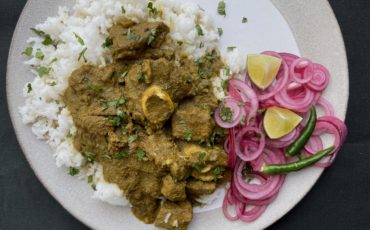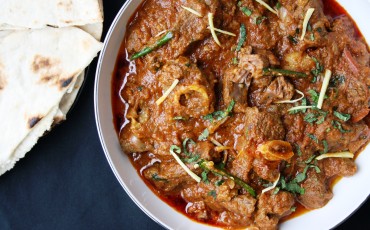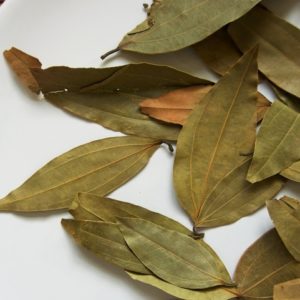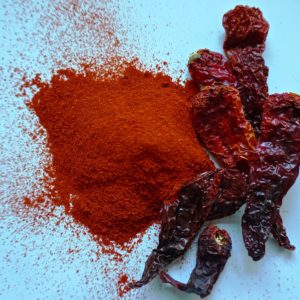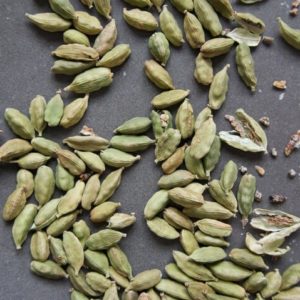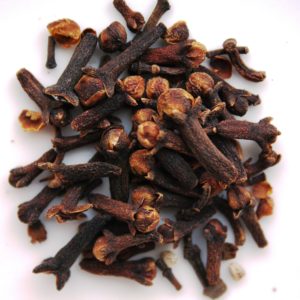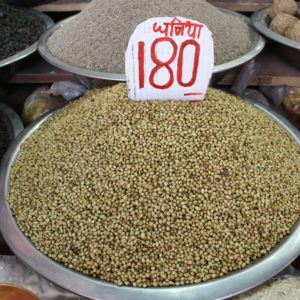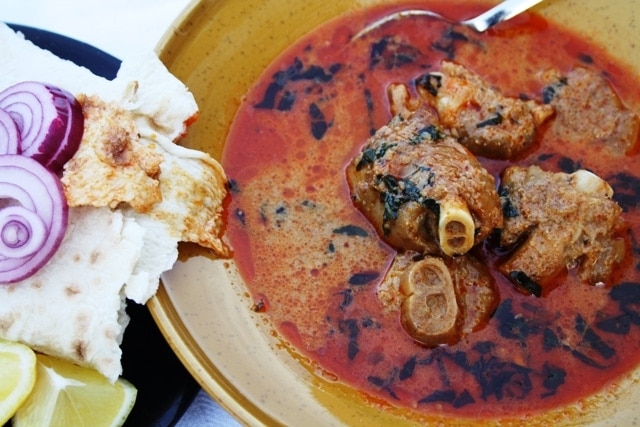
Just for a while I’m going to steer away from writing about bog standard curries and introduce you to a part of my world which was full of flavour, enticing; using ingredients that you probably wouldn’t associate with Indian food.
But for me growing up; eating this delectable variety as part of our diet almost felt so normal that I assumed everyone ate Liver Masala (kaleji), Paya Nihari (goat’s trotters in a curry) or Sorpotel (popular Goan dish cooked in spices, vinegar, meat & offal) and even pan fried spiced Fish Roe. The dishes I have mentioned are those I have relished at home, in restaurants and also with family & friends. Most of these have Mughlai, Portuguese and rural Indian influences. But more importantly all delicious and most definitely not something for the faint hearted Indian food lover. These are robust flavours; one that call for full-on spice to bring out the best in them. Rich, exotic, gutsy & earthy are all the things that come to mind with these dishes
Paya are trotters/ feet of goat or lamb. Soups, stews & curries made from paya are usually consumed in India during winter months. With Persian influences this dish was adapted to what it’s known today by Mughlai cooks all over the country primarily in Delhi, Lucknow & Hyderabad. They also believed it to have medicinal properties and are regularly recommended for nutritional purposes.
Mughlai restaurants and small age old cafes serve this dish regularly but depending on where you visit there are quite a few preparations for Paya. A must do if your ever visiting India is to get to these cafe’s as early as possible. Once it’s cooked & served; they are sold out in no time! Traditional paya cooking is a long and slow process, letting the meat cook through; fall off the bone and almost melt in your mouth. Enhancing the flavours further is the gelatinous fat, juicy bones and marrow melting through to form the base for a delicious stock giving a distinct taste and rich meaty gravy to the dish.
Cooking paya is a lot quicker if you have a pressure cooker. The recipe below has been cooked with cooking timings based on using a sauce pan.
The main thing to remember is how you clean it. If it’s cooked with the skin, make sure to roast the trotters over a fire to burn off any loose hair (of course do be careful whilst doing this!). If you prefer you can ask your butcher to take the skin off and leave the little meat on with the bone.
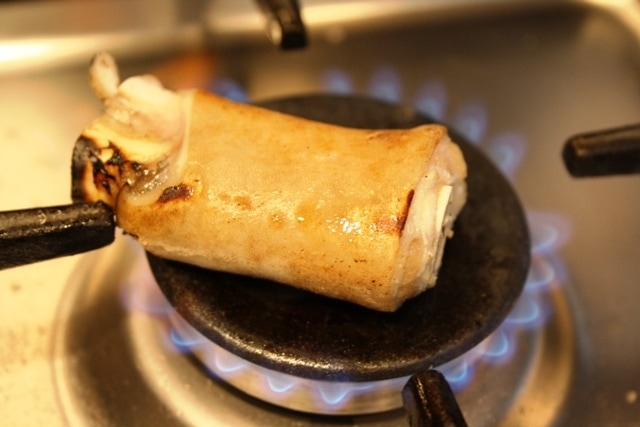
Method
-
In a stock pot add all the cleaned and cut trotters along with the bay leaves and peppercorns. Add water covering all the trotters; about 3.5lts should be good. Bring the paya to a boil and simmer gently for 3 hours (Yes I did say this was slow cooking all the way!)

-
For the powder, add all the ingredients to a frying pan and dry roast the spices on medium heat. Stir them around for 2-3minutes until you can see the colour start to change. Turn the heat off and let them cool slightly. Now tip them into a coffee blender grinding to form a coarse powder. Set aside. Blend the ginger & garlic to a fine paste too with a little water and set aside.
-
Once the Paya has been boiling for 3hrs turn the heat off. Strain the stock and keep the paya aside. At this stage the paya might be slightly gelatinous & sticky which means it needs a bit more cooking time along with the spices in the gravy.
-
Heat oil in a large heavy based sauce pan. Add the onions along with the green chillies. Fry the onions & let the chillies infuse their flavour in the oil. Soften the onions on medium heat for 5 minutes. Now add the ginger and garlic paste. Stir well cooking out the raw flavour for a further 3 minutes. Tip in the paste and fry mixing well for 5-7 minutes until you see the oil leave the sides of the pan. Add the chilli powder and stir. Lower the heat and add in the yoghurt a tablespoon at a time. Stir well to make sure it doesn’t curdle but enhaces the flavours to form a rich gravy with all the spices. (If you need to take it off the heat do so for a minute while you mix the yoghurt)

-
Add the paya to the gravy and put the heat back to medium, coating all the pieces in the spice mix for 2-3 minutes. Ladle in most of the stock and bring the paya curry to a boil. (Leave a couple of ladles of the stock aside for later) Simmer gently for a further hour. Make sure to stir it every 15 minutes or so just so it doesn’t stick to the bottom of the pan. If you find the gravy is too thick you can add a little more of the left over stock. Season with salt and juice of a lemon.
-
To serve garnish with lots of fresh coriander & mint. A rich dish like this needs really soft bread to soak in all the flavours and roomali rotis work perfectly though you can even eat it with Lavash bread (traditional Kashmiri bread) or even chapattis.
